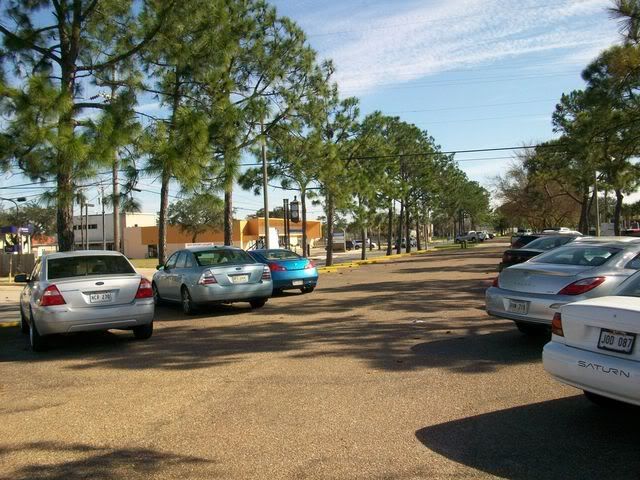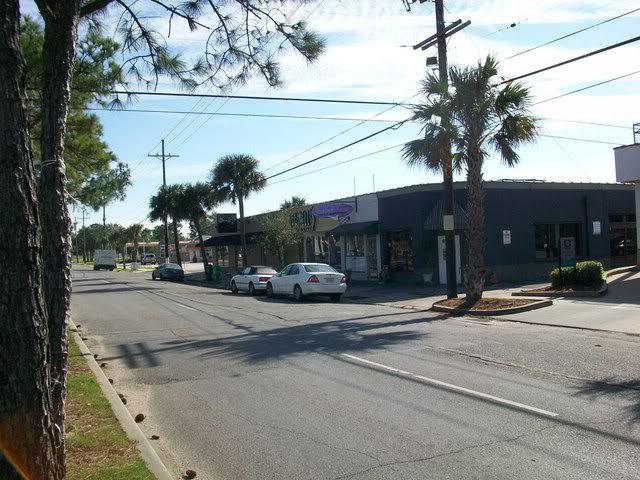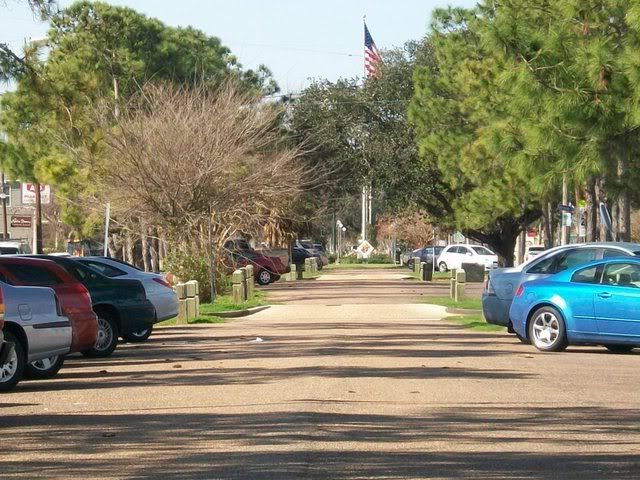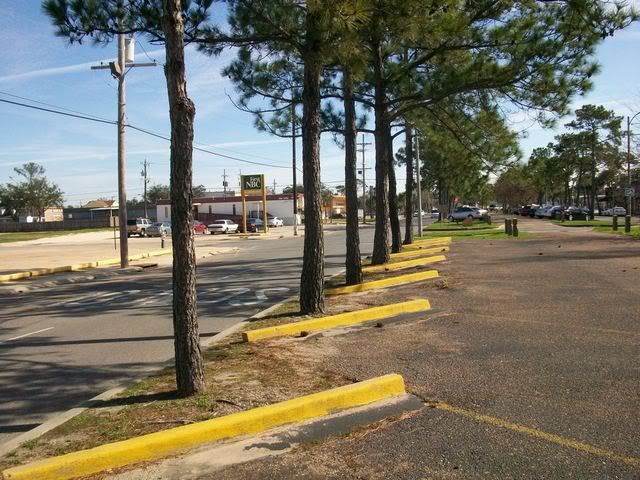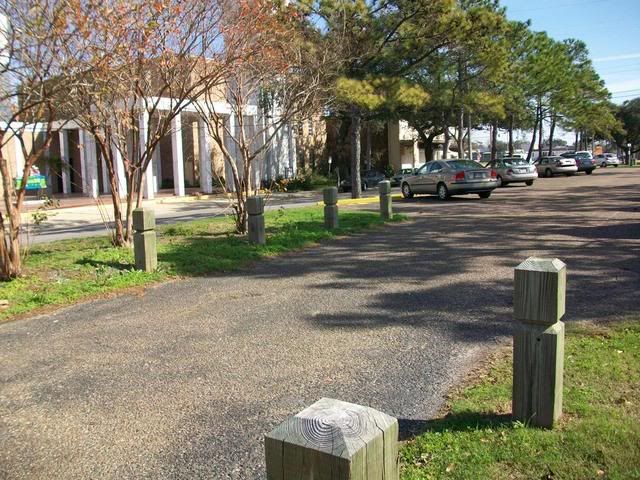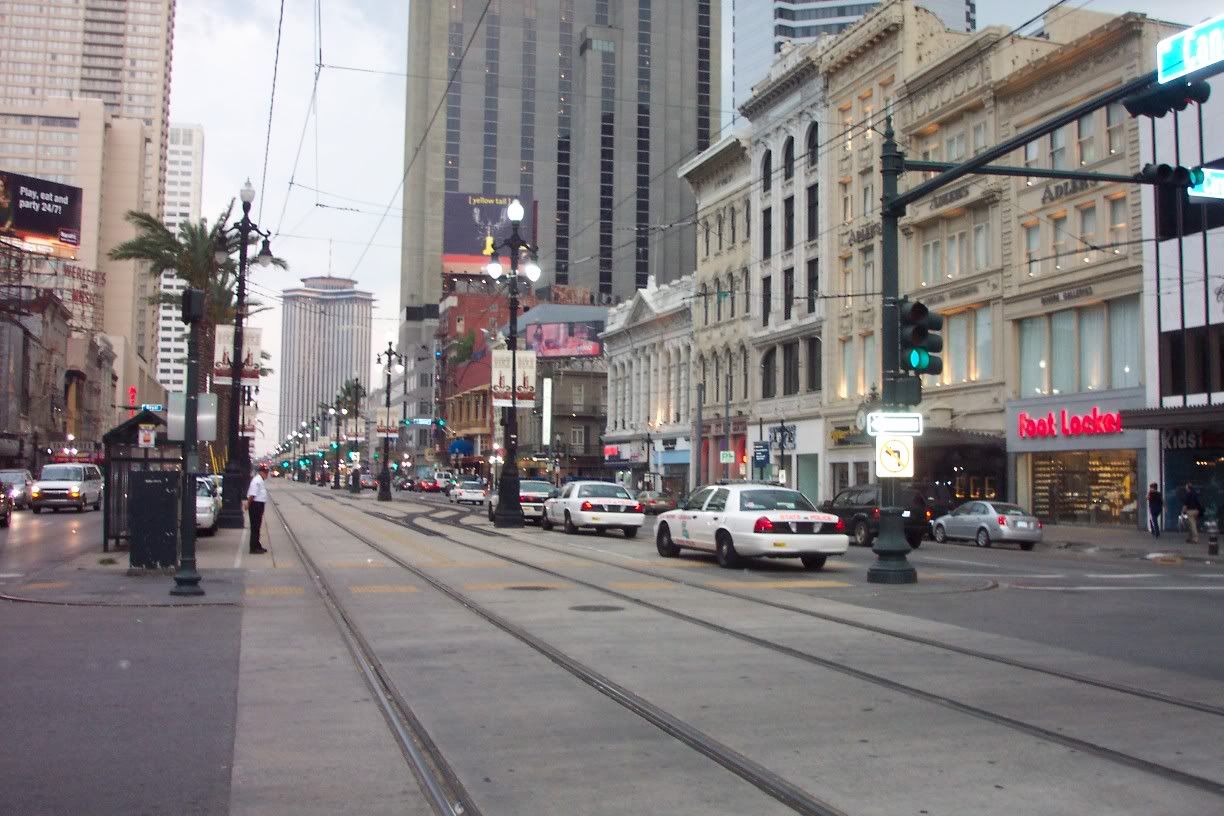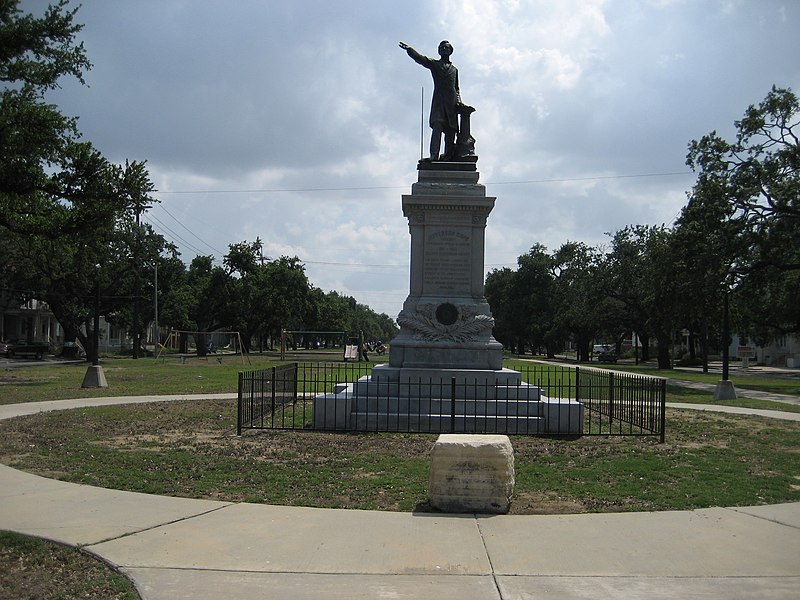What is City to River doing to make the boulevard idea a reality? City to River is an all-volunteer advocacy organization working on many fronts to bring the idea of highway removal to all the key decision makers in the Arch design competition.
Time is of the essence and City to River needs your help. Here’s what we’re up to and what you can do to help:
City to River is:
- Meeting with finalist design teams to advocate for the inclusion of I-70 removal as part of the Arch grounds design competition.
- Earning endorsements of our vision from property owners, developers and other stakeholders.
- Encouraging the public to contact both Mayor Francis Slay and Jefferson National Expansion Memorial Superintendent Tom Bradley to express their support for the removal of I-70.
- Communicating with local elected officials to express support for the removal of I-70.
- Contact Mayor Francis Slay, Jefferson National Expansion Memorial Superintendent Tom Bradley, and our downtown Aldermen to express your support for the removal of I-70 (contact info below).
- Spread the word to family, friends, colleagues. Ask them to follow @CitytoRiver on Twitter and become a fan on Facebook: http://www.facebook.com/CityToRiver. Send an e-mail to your contact list with a link to www.citytoriver.org, ask them to send the link to others.
- If you have contact with downtown developers, businesses, or property owners, tell them about City to River and the boulevard idea. If they would like to learn more, connect us with them and we will provide them with information about the effort and how they can help.
Mayor Francis Slay
Phone: (314) 622-3201
Email: mayorslay@mayorslay.com
Twitter: @mayorslay
Address: Mayor’s Office
City Hall, Room 200
1200 Market Street
St. Louis, MO 63103
Superintendent Tom Bradley
Phone: (314) 655-1600
Email: Tom_Bradley@nps.gov
Address: Jefferson National Expansion Memorial
11 N. 4th Street
St. Louis, MO 63102
Alderman Phyllis Young
Phone: (314) 622-3287
Email: youngp@stlouiscity.com
Address: City Hall, Room 230
1200 Market Street
St. Louis, MO 63103
Alderman April Ford-Griffin
Phone: (314) 622-3287
Email: griffina@stlouiscity.com
Address: City Hall, Room 230
1200 Market Street
St. Louis, MO 63103
Alderman Kacie Starr Tripplet
Phone: (314) 622-3287
Email: TriplettK@stlouiscity.com
Twitter: @KacieStarr
Address: City Hall, Room 230
1200 Market Street
St. Louis, MO 63103











